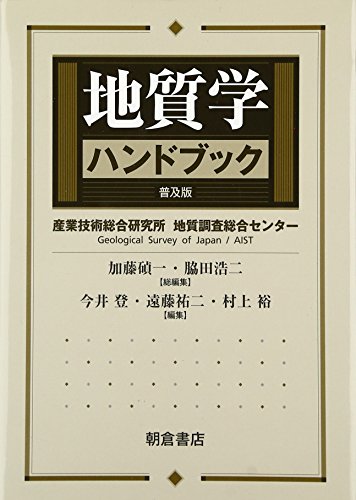4 0 0 0 OA 宮沢賢治-文学と地質学の異分野融合
- 著者
- 加藤 碵一
- 出版者
- 石油技術協会
- 雑誌
- 石油技術協会誌 (ISSN:03709868)
- 巻号頁・発行日
- vol.71, no.5, pp.417-424, 2006-09-01 (Released:2008-08-26)
- 参考文献数
- 11
Kenji Miyazawa is one of the most popular literary men in Japan. He was well grounded in geology because he was highly educated for geology. Therefore geological issues underwent a good infl uence on his literary productions. For example, he used colors of minerals to represent atmospheric phenomena such as colors of sky, cloud, mist, sunshine etc. However, the past annotations for technical terms of geology in Kenji's literary works are much doubtful from the viewpoint of geologists. I, a geologist, would like to introduce some examples of the investigation about his intended discrepancy between strict description of geological terms and literary expressions. 1. Kenji ventured to adopt technical terms which were not always ordinary in even his days. For example, he used the term“ gastaldite” , blue-colored minerals to express blue ship beacons. But in general“ glaucophane” is used. Kenji used the former in order to make rhythm“ da-da-da” in his poem. 2. Kenji also adopted wrong technical terms purposely. For example, he used“ dihexagonal pyramid” as a crystal form of quartz. He said it is originated from high quartz in rhyolite or dacite, therefore they must be“ hexagonal bipyramid”. Of course he understood the difference between them, however he adopted the former wrong terms purposely because the former term is more beautiful in Japanese linguistic sense. 3. Special pronunciations of technical terms peculiar to Kenji were used. For example, he read Lepidodendron, a plant fossil as“ Rinboku” in Japanese. Today“ Rinboku” is common pronunciation, however it was named“ Urokogi” originally as Japanese name, therefore the latter was also common in Kenji's days.
3 0 0 0 地質学ハンドブック
- 著者
- 産業技術総合研究所地質調査総合センター[編] 加藤碵一 脇田浩二総編集
- 出版者
- 朝倉書店
- 巻号頁・発行日
- 2011
1 0 0 0 OA 文化地質学的観点から見た「夫婦岩」考
- 著者
- 加藤 碵一
- 出版者
- The Geological Society of Japan
- 雑誌
- 日本地質学会学術大会講演要旨 (ISSN:13483935)
- 巻号頁・発行日
- pp.050, 2015 (Released:2016-03-31)
1 0 0 0 現場技術者のための地質構造解釈の基礎知識
- 著者
- 加藤 碵一
- 出版者
- 応用地質
- 雑誌
- 応用地質技術年報 = Oyo technical report (ISSN:13431145)
- 巻号頁・発行日
- no.35, pp.83-97, 2016

